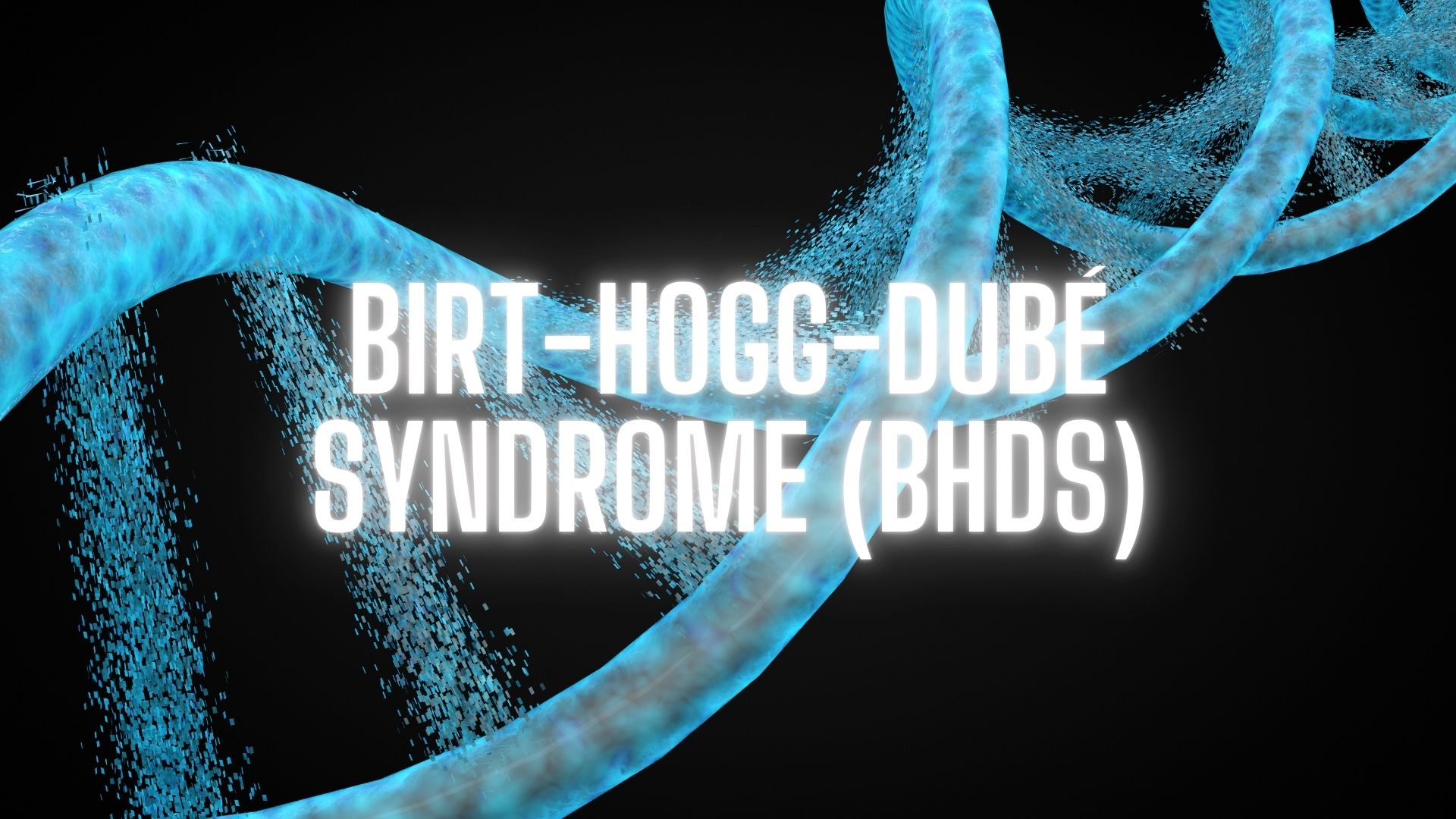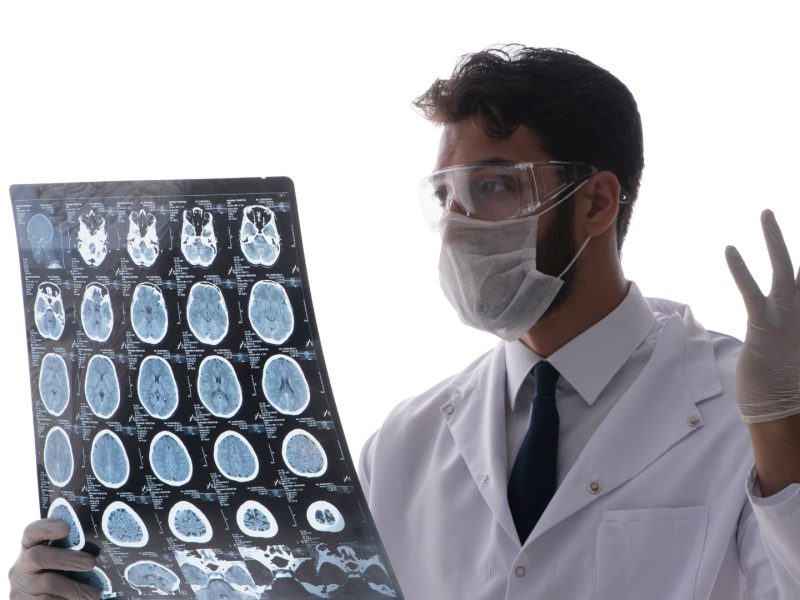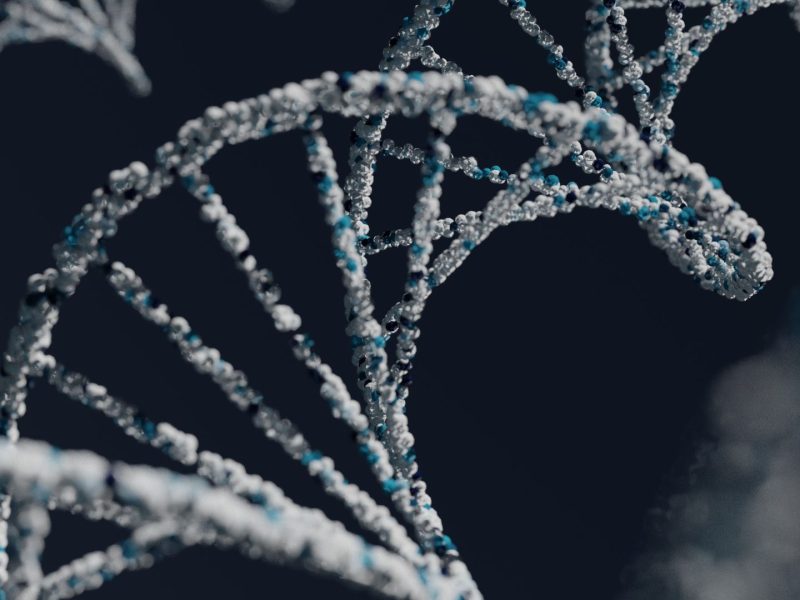Imagine discovering that a single gene in your body could affect your skin, lungs, and kidneys all at once. That’s exactly what happens in Birt-Hogg-Dubé Syndrome (BHDS), a fascinating genetic condition that writes its story across multiple chapters of human health. As a rare disorder that often flies under the radar, BHDS deserves our attention and understanding.
Breaking Down the Biology Behind BHDS
At its core, BHDS stems from changes in a gene called FLCN, which creates a protein named folliculin. Think of folliculin as a cellular traffic cop – when it’s not doing its job properly, things can go awry in several parts of your body. This protein normally helps regulate cell growth and energy balance, but when the FLCN gene has mutations, it can’t produce proper folliculin, leading to a cascade of unique health challenges.
The Tale of Three Systems
Your Skin’s Story
The first clue that often leads to a BHDS diagnosis appears on the skin. Around age 20 or later, people might notice small, pale bumps appearing on their face, particularly around the nose, cheeks, and forehead. These growths, called fibrofolliculomas, look like tiny domes rising from the skin. While medically harmless, they can become a source of social concern for many individuals.
The Lung Chapter
One of the most surprising twists in BHDS involves the lungs. Picture tiny air-filled sacs forming throughout the lung tissue – these are lung cysts. While invisible from the outside, these cysts can occasionally cause a dramatic event: a spontaneous lung collapse. This tends to happen more often during air travel or other situations involving pressure changes, adding an extra layer of complexity to travel planning.
The Kidney Connection
Perhaps the most crucial aspect of BHDS involves the kidneys. Unlike the visible skin changes or the sudden drama of lung issues, kidney problems in BHDS can develop silently. The condition increases the chances of developing unusual growths in the kidneys, which requires vigilant monitoring through regular imaging studies.
Daily Life with BHDS: A Practical Guide
Living with BHDS doesn’t mean putting life on hold, but it does require some thoughtful planning. Here’s what that might look like:
Medical Management Strategies
Instead of waiting for problems to arise, people with BHDS typically work with their healthcare team to create a proactive monitoring schedule:
- Regular skin assessments to track any changes
- Scheduled kidney imaging to catch potential issues early
- Lung function evaluations, especially before major life changes like moving to high altitudes
- Genetic counseling sessions to understand inheritance patterns
Lifestyle Adaptations
Smart lifestyle choices can make a big difference:
- Learning to recognize early warning signs of lung problems
- Understanding how different altitudes might affect breathing
- Developing a skincare routine that works for you
- Creating an emergency plan for potential lung collapse episodes
The Social Side of BHDS
Having a rare condition like BHDS can feel isolating, but modern connectivity has changed this landscape. Online communities have emerged where people share their experiences, swap tips about managing symptoms, and offer emotional support. These spaces become valuable resources for both practical advice and emotional connection.
Looking Ahead: Research and Hope
The scientific community continues exploring BHDS, focusing on several promising areas:
- Understanding why symptoms vary so dramatically between individuals
- Developing new treatments targeting the underlying genetic cause
- Creating better diagnostic tools for early detection
- Investigating potential connections with other genetic conditions
Practical Tips for Navigating BHDS
Working with Healthcare Providers
Success in managing BHDS often comes down to building strong relationships with healthcare providers. This means:
- Finding doctors familiar with rare genetic conditions
- Keeping detailed records of symptoms and changes
- Being proactive about regular check-ups
- Understanding when to seek emergency care
Making Informed Decisions
Knowledge truly empowers those living with BHDS. Important considerations include:
- Understanding insurance coverage for regular monitoring
- Planning ahead for major life events like travel or moving
- Making informed choices about physical activities
- Considering family planning options
The Path Forward
While BHDS presents unique challenges, understanding its complexities helps create a clearer path forward. With proper medical oversight, thoughtful lifestyle adjustments, and access to support resources, people with BHDS can lead fulfilling lives while effectively managing their condition. The future holds promise through ongoing research and improving treatment options, offering hope for even better outcomes ahead.



